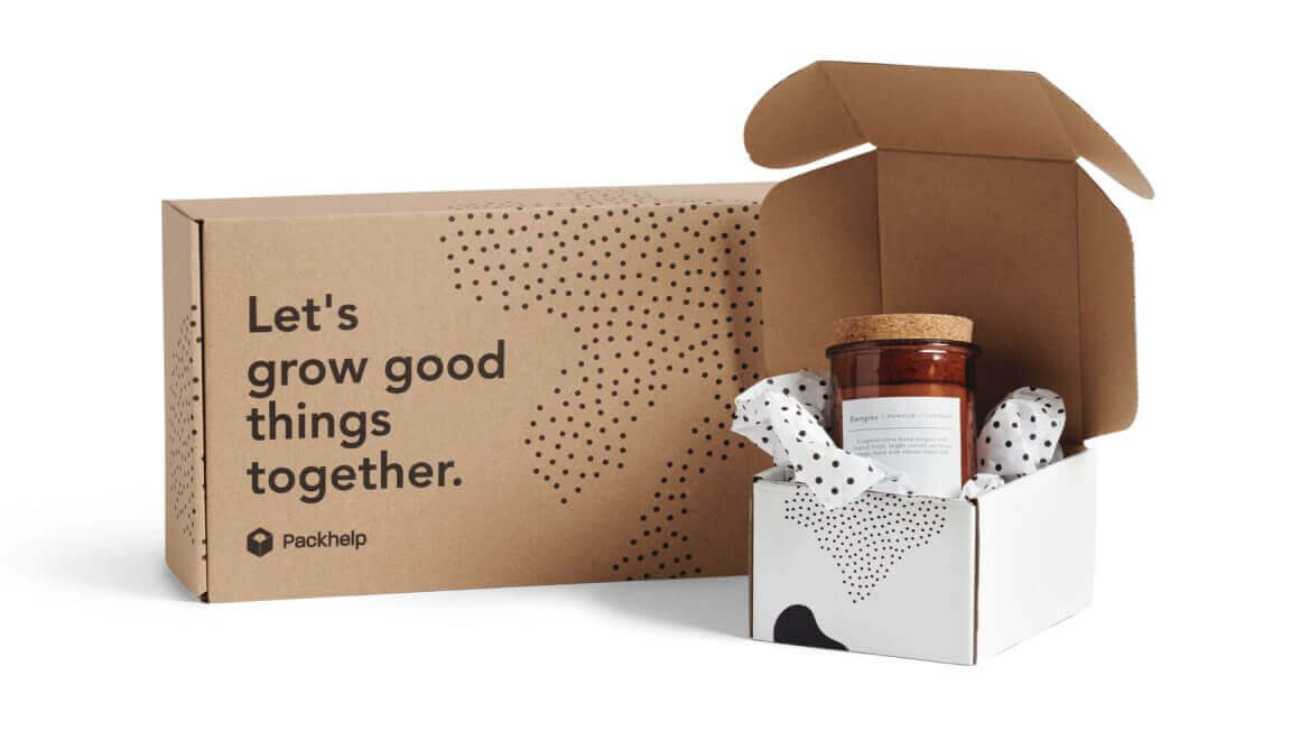How Can Eco-Friendly Packaging Custom Boxes Help Your Profitability?
“According to one-third of marketing experts polled by Pro Carton, adopting to more ecologically friendly packaging increases sales of FMCG items.” That’s correct. Eco-friendly packaging may help you increase sales. It’s a need if you want to compete in your market. As we progress farther into the twenty-first century, consumers are increasingly expecting more outstanding standards of sustainable behaviour from businesses. By exercising their purchasing power, the general population is learning to prioritise the health of our world. Many people now only support companies attempting to lessen their carbon footprint by using renewable energy and environmentally friendly items. Customers will go elsewhere if your brand’s vision does not align with their ecological principles, especially in a market with a lot of competition.
For the course of its life cycle, sustainable packaging has a lower environmental effect than conventional materials. This starts with the material’s origin, but it’s also taken into account throughout the manufacturing process and how it’s disposed of. As millennials become a more significant part of the customer base, we’re seeing a rising population segment direct their buying power toward firms that share their ethical values. As a result, environmentally responsible packaging is becoming an integral aspect of every brand’s identity.
By engaging your audience and developing trust, adopting eco-friendly practices helps to empower your brand. Your brand becomes more relevant, inspires greater loyalty, and eventually leads to higher sales over time by aligning with your customers’ beliefs. Surprisingly, environmentally friendly packaging strategies might save money. As the market for sustainable packaging solutions continues to develop, they use less material and have become very cost-effective.
Taking on environmental efforts as a brand will naturally increase your audience’s faith in you. Customers trust a corporation that supports environmental concerns 92 per cent more than one that does not. The present sustainability movement has gained widespread acceptance and support. Environmentally conscious companies are admired because they are sincerely trying to do the right thing. It’s a real example of openness that speaks for itself. Proactively implementing sustainability solutions is helpful to our community. There aren’t any gimmicks here. Customers actively seek out environmentally friendly items that correspond with their fundamental beliefs.
Using eco-friendly alternatives to plastics and non-recyclable materials may have significant influence on your business. As a result, you are assisting firms that are actively participating in the sustainability drive. As a responsible consumer, you can contribute to rising demand for sustainable packaging and lower costs. With time, businesses like yours will shift more value to other environmentally friendly companies, reducing the need for non-sustainable materials. As less money is spent on throwaway packaging that releases dangerous chemicals into the environment both during manufacture and after disposal, the overall effect will be even more significant.
The first step toward more environmentally friendly packaging is to reduce the number of materials utilised. This addresses the problem at its root. Are you familiar with the three R’s (reduce, reuse, and recycle)? It’s a simple idea that’s been around for a long time. If you cut down on your consumption, you’ll have less garbage to cope with in the future. This not only lowers your packing costs right once, but it also lowers the amount of energy needed and wastes produced during the disposal process.
Materials that have been pre-cycled have previously been recycled and are ready to be used. It is incredibly advantageous to the environment to use pre-cycled materials! As a result, they reduce the quantity of fresh content your organisation distributes. Pre-cycled versions of the most regularly used packaging materials may be available. For example, packing peanuts are colour-coded according to the proportion of recycled material in their composition. Many forward-thinking printing firms are now producing marketing materials and other inserts on recycled paper. Even unique product packaging, such as corrugated boards and shipping boxes, may be made from recycled pulp.

